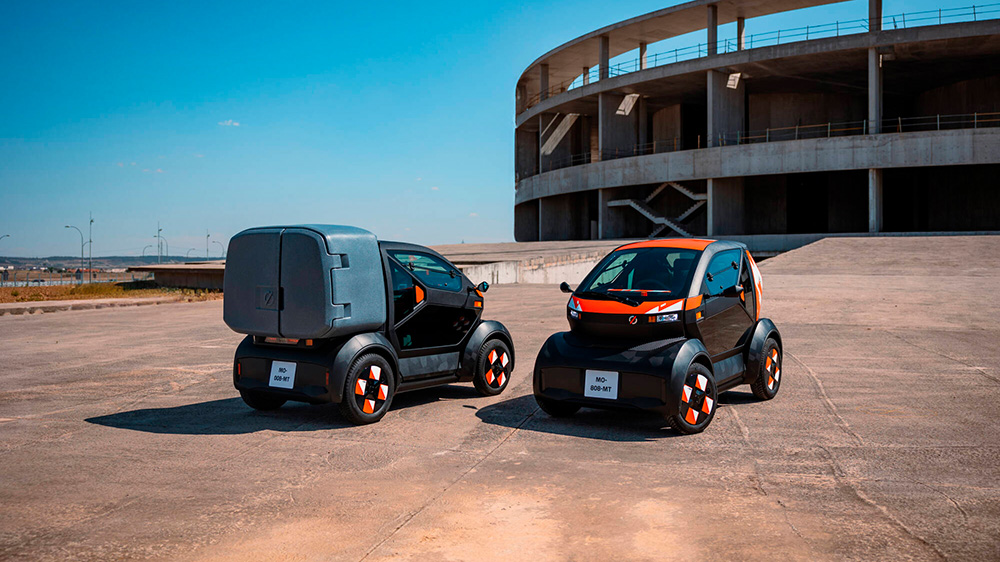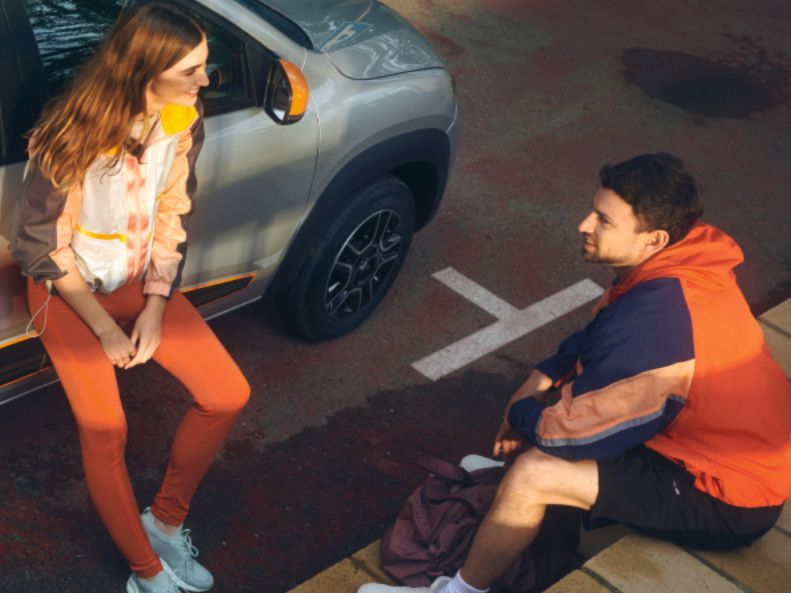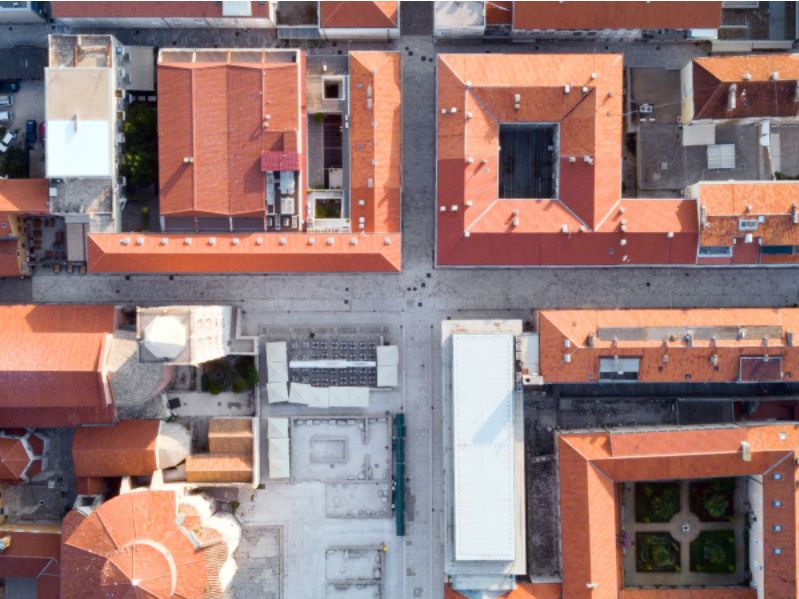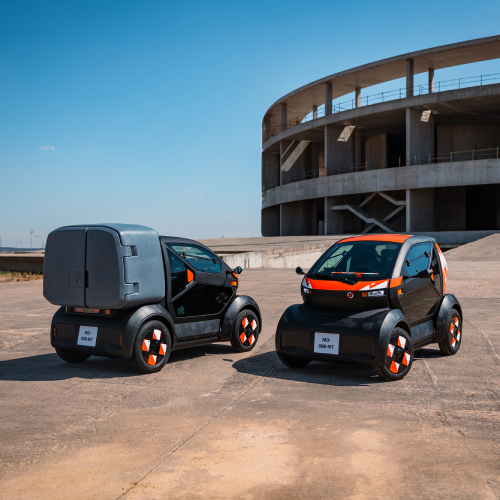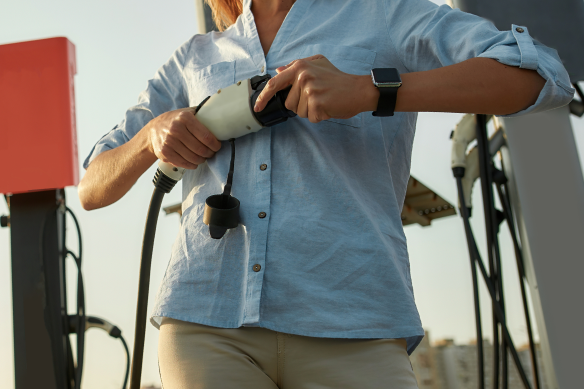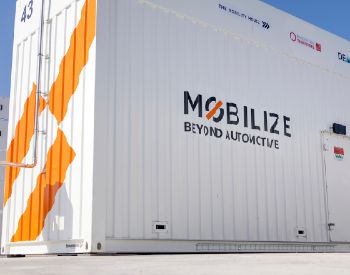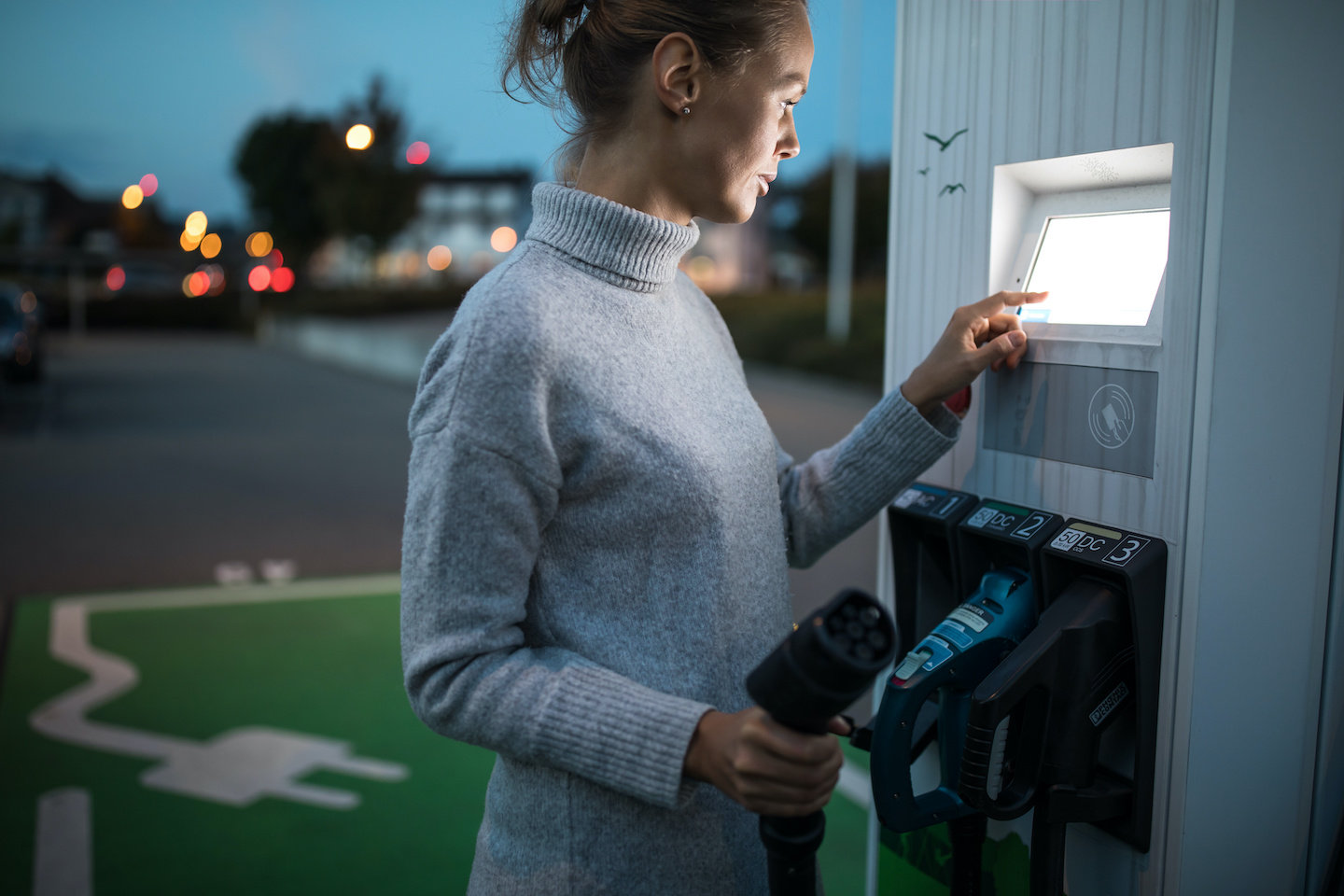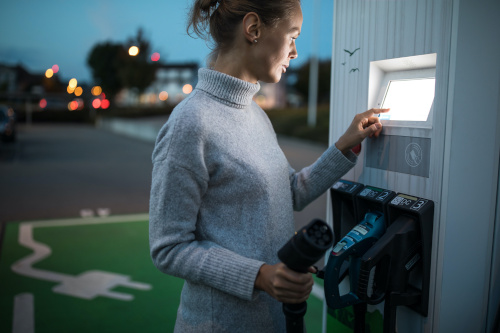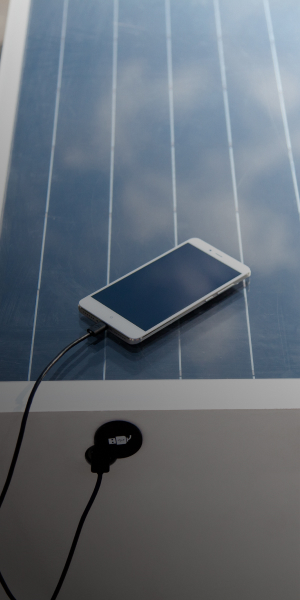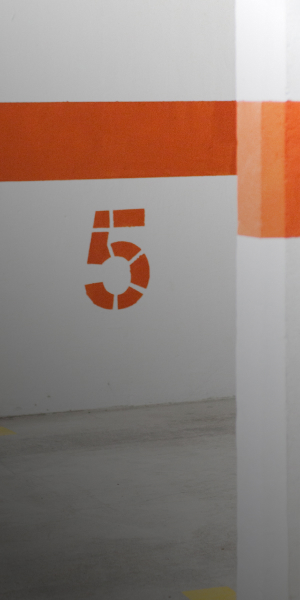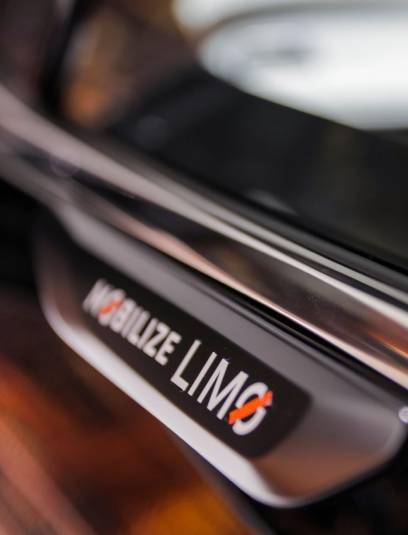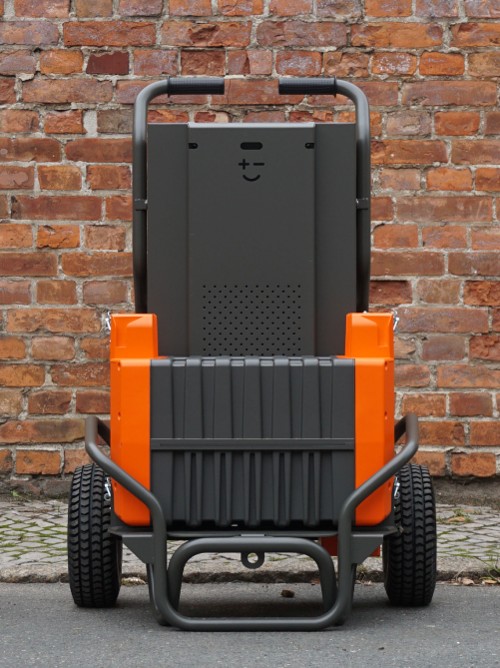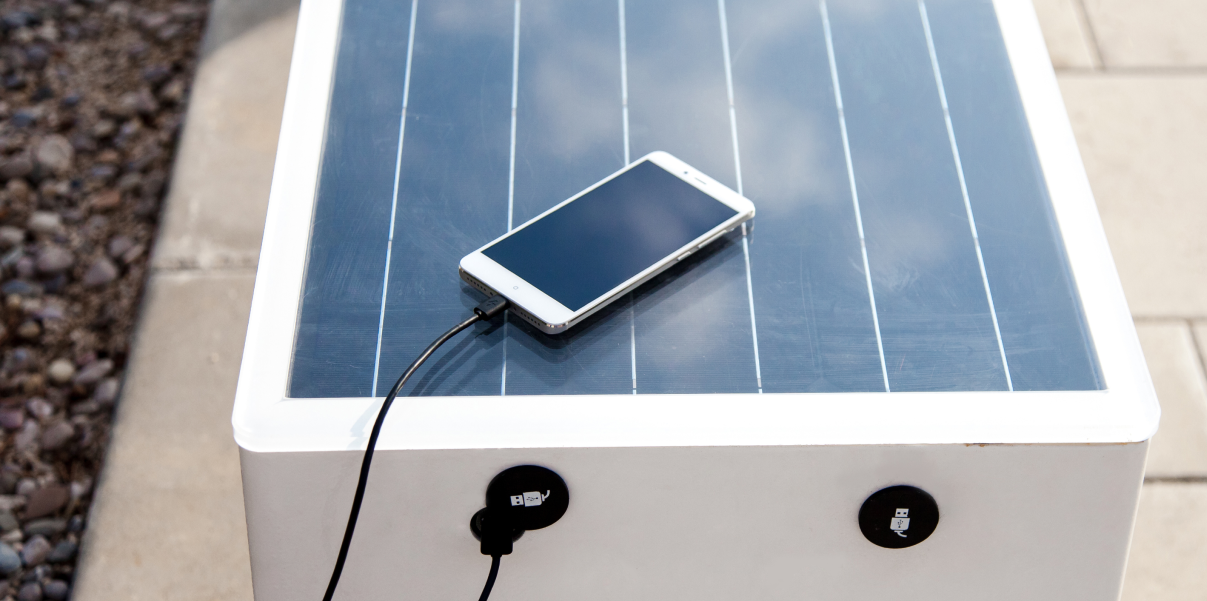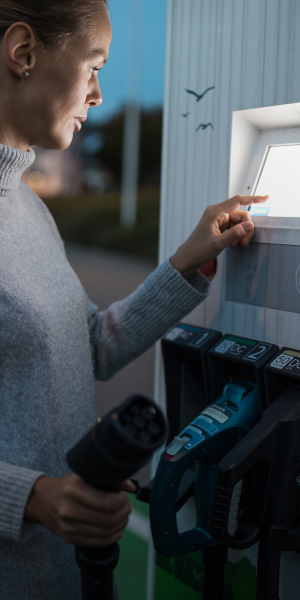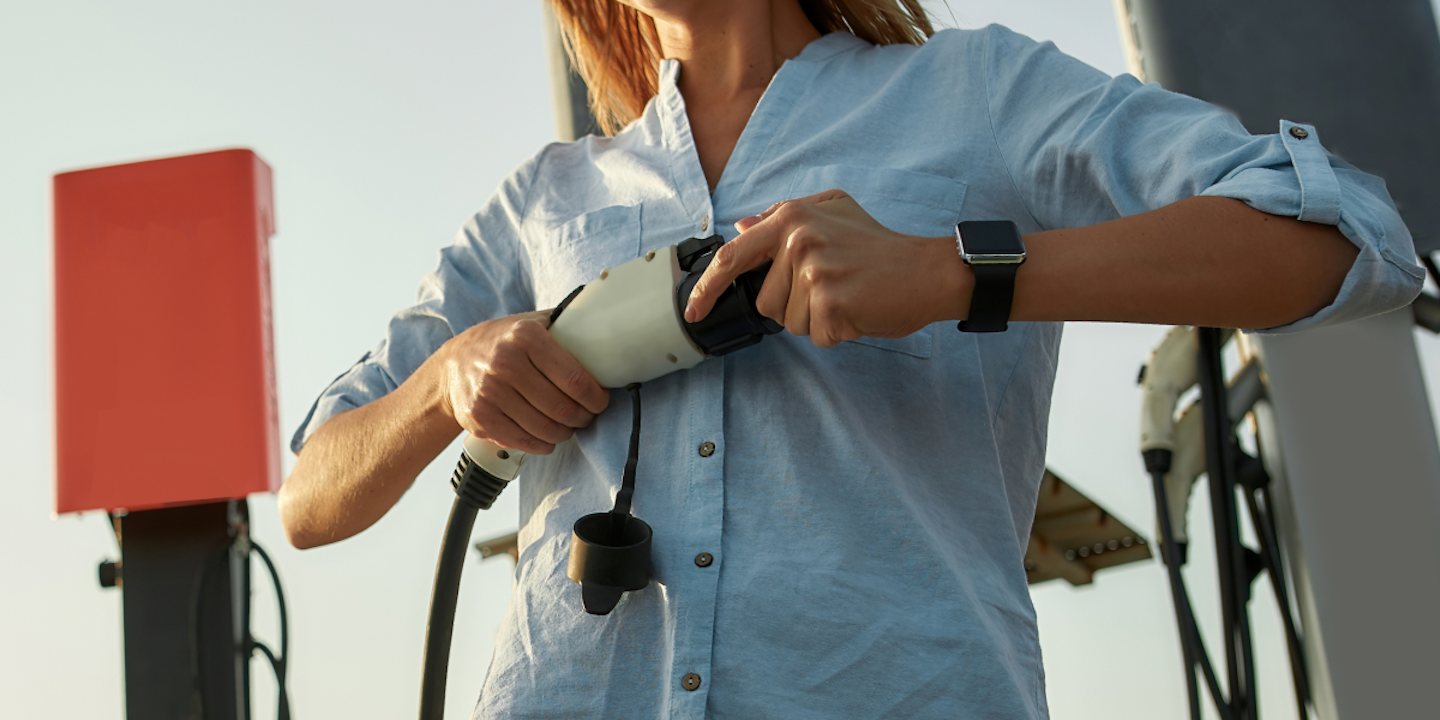In the automotive industry, Mobilize is leading the way to a new direction. This task isn’t an easy one, since the “all-car” structure has a lasting legacy with a big impact on inhabitants’ lifestyles. Changing paradigms means entering the unknown, for consumers and manufacturers alike. “Mobilize is convinced that in the future there will be less emphasis on owning a car and more focus on using one. Accepting this idea means shifting to a new reality.
Until recently, this idea was still difficult to talk about in an automotive manufacturing firm like ours. Mobilize is working on a vision that will take some time to achieve. But it’s the path for tomorrow”, says François Pérès, Regional Deployment Director at Mobilize. To implement this approach correctly, municipalities and transportation operators must remain attentive to user needs and work together to provide useful solutions that fit each specific case.
Check 1: large cities at the forefront
As the ecological transition gets underway, the urban planning strategies of cities have become crucial for reinventing transportation in increasingly dense urban areas. What needs to be done to reduce congestion, pollution, energy expenditures and excessively large parking areas?
Large cities are priorities for this work, since their needs are many and their configurations are already in the process of changing, for example with the introduction of low-emission zones. At Mobilize, the free-floating car-sharing service, Zity by Mobilize, is available in Madrid, Lyon and Milan.
Check 2: a life-sized experiment for medium-sized cities
But less densely populated areas haven’t been forgotten. The Mobilize Share service, which is based on Renault’s network of dealers, now offers vehicles in a closed-circuit car-sharing system in several cities. On the island of Porto Santo , around 20 ZOEs were made available so inhabitants could try out the customized and particularly virtuous transportation system that was introduced in 2018. It allows the fleets of electric cars to send energy back to the island’s grid. Mobilize was created to take experiments like these further, to discuss ideas with local players in each region, showing them the outlook for success and working with them to see how customized new sustainable solutions could be introduced in various places. It’s a long process, but a necessary one to meet environmental needs.
Check 3: small towns, big goals
Mobilize has a global vision, aiming to reach all regions. Its main mission is to accelerate the ecological transition and achieve Renault Group’s goals: reducing the Group’s carbon footprint by 25% by 2022 per vehicle sold (compared to 2010 figures) and cutting usage emissions in half by 2050.
Mobilize’s other objective for the future is to invent new transportation services for areas where there still isn’t any real alternative to individual cars with combustion engines. In small towns and medium-sized cities, shared transportation is less developed but there is still a need for transportation when not everyone is able to drive. This is the case for example with individuals who do not have a driver’s license, who have a disability or are unwell, or who do not wish to invest in a vehicle or simply cannot. Complementarities with mass transportation services that cannot cover an entire region, or the roll-out of on-demand transportation services, may be considered.
Mobilize could for example introduce mini-fleets of vehicles available for car-sharing that would be the perfect solution for medium-sized cities. “A limited number of vehicles, maybe 10 or 15… that may seem like nothing, but it would go a long way in a small town, and Mobilize is able to meet this kind of demand via its network of dealers. We include our local contacts each time we discuss anything with municipalities”, explains François Pérès.
Changing users’ day-to-day lives is not a goal for large cities only. “Discussions need to be started everywhere possible so we can introduce solutions that are sustainable for municipalities and also for Mobilize, which is to say they must be founded on profitable economic models. These models must be explained to public decision-makers so they can effectively support the introduction of the solutions with incentive regulations (for example in terms of parking conditions and fee amounts) and also with active and positive communications,” concludes François Pérès.
